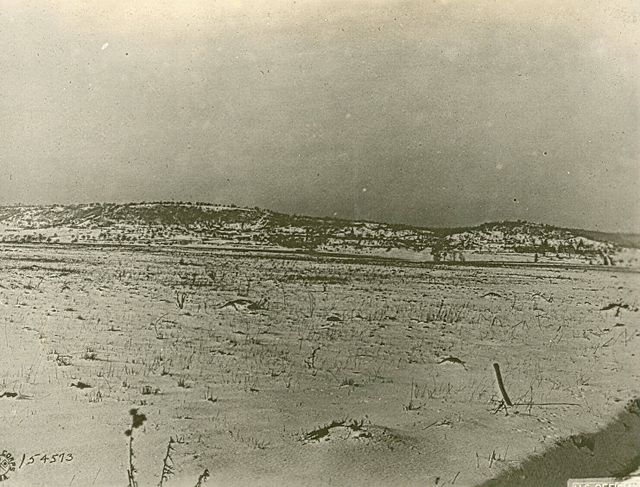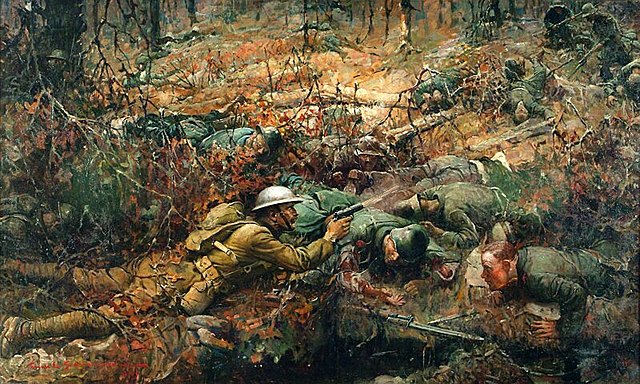A riderless horse is a single horse without a rider and with boots reversed in the stirrups, which sometimes accompanies a funeral procession. The horse, sometimes caparisoned in black, follows the caisson carrying the casket. A riderless horse can also be featured in parades to symbolize either fallen soldiers, fallen police officers or deceased equestrian athletes. A motorcycle can be used as a substitute for a horse though such practice is very rare.
The riderless horse named Sergeant York, during the funeral procession for the 40th President of the United States, Ronald Reagan, with President Reagan's boots reversed in the stirrups.
Riderless jousting horse of Albert VII, Archduke of Austria in his funeral procession, 1623 (etching with hand coloring by Jacob Franquart)
Black Jack in John F. Kennedy's funeral procession
Alvin Cullum York, also known by his rank as Sergeant York, was an American soldier who was one of the most decorated United States Army soldiers of World War I. He received the Medal of Honor for leading an attack on a German machine gun nest, gathering 35 machine guns, killing at least 25 enemy soldiers and capturing 132 prisoners. York's Medal of Honor action occurred during the United States-led portion of the Meuse–Argonne offensive in France, which was intended to breach the Hindenburg line and force the Germans to surrender. He earned decorations from several allied countries during WWI, including France, Italy and Montenegro.
York in uniform, 1919, wearing the Medal of Honor and French Croix de Guerre with Palm
328th Infantry Regiment line of advance in capture of Hill 223, October 7, 1918, 82nd Division, Argonne Forest, France. (World War I Signal Corps Collection)
Sergeant Alvin C. York by Frank Schoonover, 1919
Sergeant Alvin C. York at the hill where his actions earned him the Medal of Honor (February 7, 1919)







